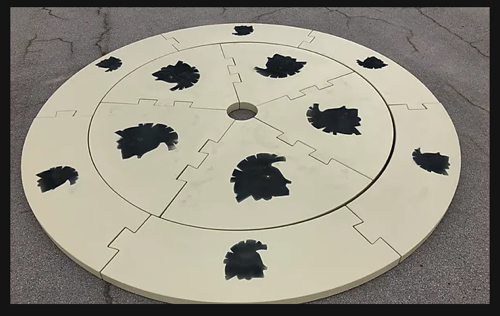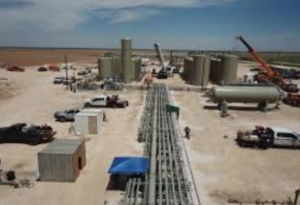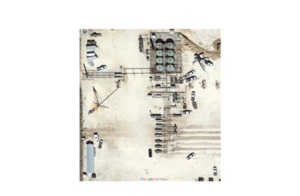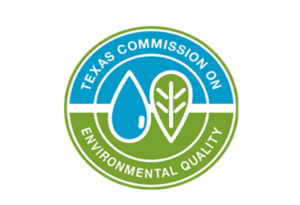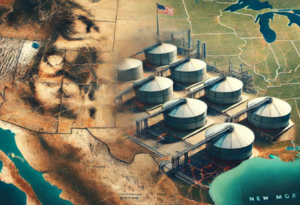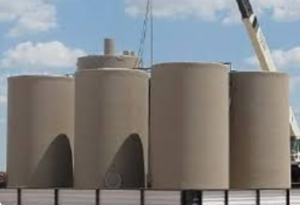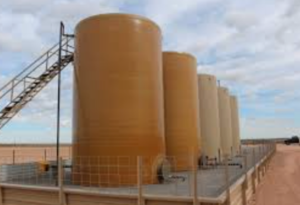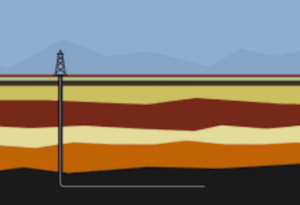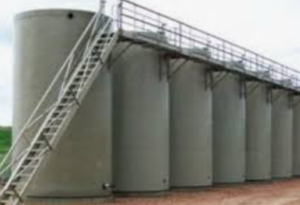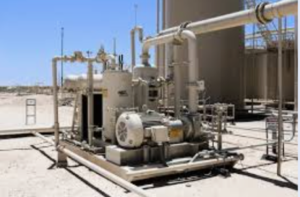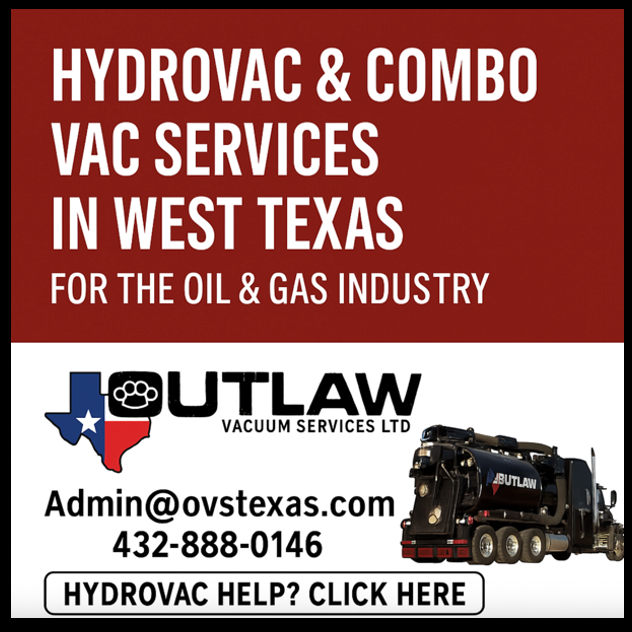Material used in tank pads for the oil and gas industry is typically made from various synthetic materials or polymers. These materials are chosen for their cushioning properties, resilience, durability, and ability to provide effective load distribution and support.
Common types of foam used in tank pads include:
- Polyurethane Foam (PU):
- Polyurethane foam is a versatile and widely used material for tank pads. It offers excellent resilience, cushioning, and load-bearing capabilities. It can be engineered to have varying levels of density and hardness, making it adaptable to different applications and load requirements.
- Expanded Polystyrene (EPS) Foam:
- EPS foam, often known as styrofoam, is lightweight and provides good insulation properties. It is commonly used for tank pads due to its affordability, ease of fabrication, and ability to distribute weight effectively.
- Polyethylene Foam (PE):
- Polyethylene foam is known for its durability, resistance to chemicals and moisture, and good shock absorption properties. It is often used in applications where the foam pad needs to resist environmental factors.
- Cross-Linked Polyethylene Foam (XLPE):
- XLPE foam offers improved properties compared to standard polyethylene foam, including higher strength, better dimensional stability, and enhanced chemical resistance. It is suitable for more demanding applications.
- Ethylene-Vinyl Acetate (EVA) Foam:
- EVA foam is known for its softness, flexibility, and shock absorption characteristics. It’s often used in applications where a softer, more cushioned support is needed.
- Neoprene Foam:
- Neoprene foam provides good resistance to oil, chemicals, and weather. It’s suitable for applications where exposure to oils or other substances is expected.
- Cross-Linked Polyurethane Foam (PUXL):
- PUXL foam is a specialized form of polyurethane foam with enhanced properties, including higher strength, durability, and resistance to compression set. It’s often chosen for high-load applications.
These foam materials can be shaped, molded, or cut into the desired form and dimensions to create effective tank pads that provide cushioning, load distribution, and protection for the tanks and their foundations. The choice of foam material depends on the specific requirements of the tank installation, including load-bearing capacity, environmental conditions, and budget considerations.
Tank Pad Posts

